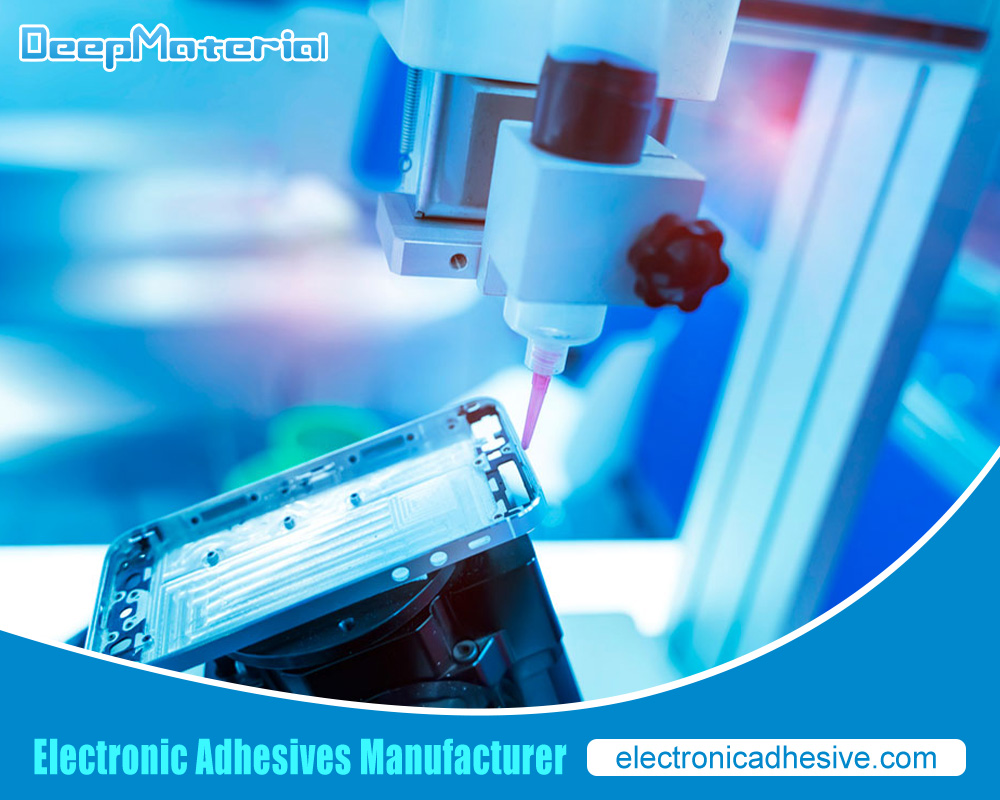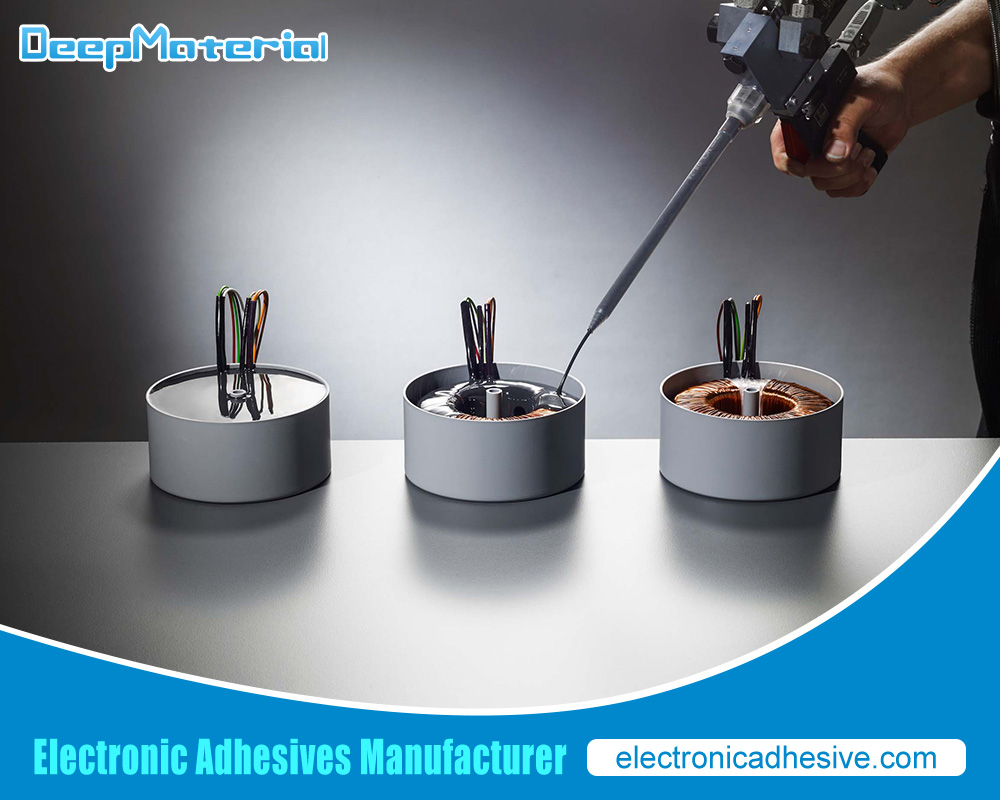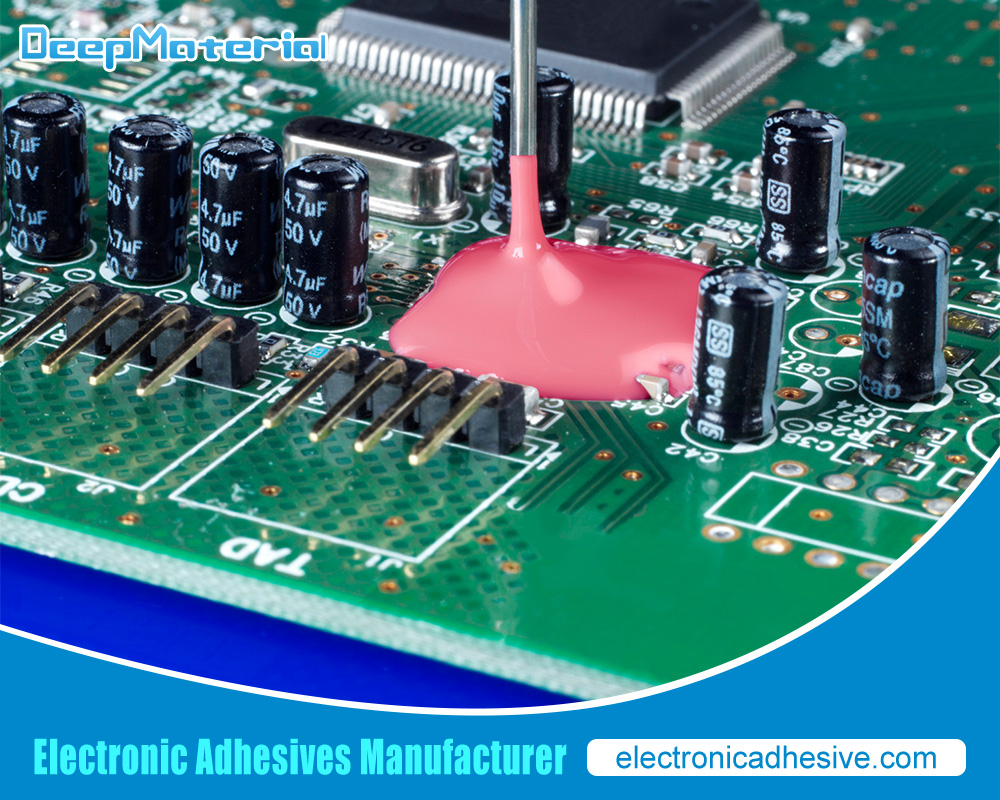Electronic Potting Compound: Enhancing Durability and Performance in Modern Electronics
Electronic Potting Compound: Enhancing Durability and Performance in Modern Electronics
In the realm of modern electronics, ensuring the durability and longevity of components is paramount. One critical technology that plays a vital role in protecting electronic assemblies is using electronic potting compounds. These compounds are essential for safeguarding sensitive components from environmental factors, mechanical stress, and electrical interference. This article delves into the intricacies of electronic potting compounds, exploring their types, applications, benefits, and advancements while highlighting their significance in the electronics industry.
What is an Electronic Potting Compound?
An electronic potting compound is a material used to encapsulate electronic assemblies, providing a protective barrier against external factors such as moisture, dust, chemicals, and vibrations. Potting compounds typically comprise epoxy, silicone, polyurethane, or acrylic polymers. These materials are chosen for their insulating properties, thermal conductivity, and resistance to environmental degradation.
Potting is filling the enclosure of an electronic assembly with the compound, which then cures to form a solid, protective layer. This encapsulation method is distinct from conformal coating, with a thin layer applied over the components. Potting provides a more robust and durable protection, making it suitable for harsh environments.
Types of Electronic Potting Compounds
Electronic potting compounds come in various formulations, each offering specific properties tailored to different applications. The most common types include:
- Epoxy Potting Compounds: Known for their excellent adhesion, mechanical strength, and thermal stability, they are widely used in high-performance applications. They provide superior protection against moisture and chemicals, making them ideal for industrial and automotive electronics.
- Silicone Potting Compounds: Silicone compounds offer exceptional flexibility, making them suitable for applications where components experience significant thermal expansion and contraction. They are highly resistant to temperature extremes and UV radiation and are commonly used in outdoor and automotive applications.
- Polyurethane Potting Compounds: These compounds are prized for their flexibility and toughness. Polyurethane potting compounds provide excellent impact resistance and are used in applications where vibration and shock protection are critical, such as aerospace and consumer electronics.
- Acrylic Potting Compounds: Acrylics cure quickly and are easy to handle, making them suitable for applications requiring rapid processing. They offer good electrical insulation properties and are often used in general-purpose electronic assemblies.

Applications of Electronic Potting Compounds
The use of potting compounds spans various industries, each benefiting from the enhanced protection and reliability they offer. Some critical applications include:
- Automotive Electronics: Potting compounds protect sensitive electronic vehicle components from harsh environmental conditions, such as extreme temperatures, moisture, and vibrations. This includes engine control units, sensors, and lighting systems.
- Consumer Electronics: In devices like smartphones, tablets, and wearable technology, potting compounds safeguard delicate components from damage due to everyday use and accidental drops.
- Industrial Electronics: Industrial equipment often operates in demanding environments where exposure to chemicals, dust, and mechanical stress is daily. Potting compounds ensure the longevity and reliability of control systems, sensors, and power supplies.
- Aerospace and Defense: Aerospace applications demand the highest reliability, as electronic failures can have catastrophic consequences. Potting compounds protect avionics, navigation systems, and communication devices from extreme conditions experienced during flight.
- Renewable Energy: In solar panels and wind turbines, potting compounds protect electrical connections and control systems from harsh outdoor conditions, ensuring efficient and reliable energy generation.
- Medical Devices: Medical electronics require stringent protection to ensure patient safety and device reliability. Potting compounds are used in pacemakers, diagnostic equipment, and imaging systems.
Benefits of Electronic Potting Compounds
The use of potting compounds offers numerous advantages, enhancing the performance and reliability of electronic assemblies:
- Environmental Protection: Potting compounds provide a robust barrier against moisture, dust, chemicals, and other environmental contaminants, preventing corrosion and electrical failures.
- Mechanical Stability: Encapsulation with potting compounds absorbs and dissipates mechanical stress, protecting components from vibrations, shocks, and impacts.
- Thermal Management: Certain potting compounds are designed with high thermal conductivity, helping to dissipate heat generated by electronic components and preventing overheating.
- Electrical Insulation: Potting compounds offer excellent electrical insulation, reducing the risk of short circuits and enhancing the overall safety of the electronic assembly.
- Enhanced Durability: By protecting against environmental and mechanical stressors, potting compounds extend the operational life of electronic devices, reducing maintenance and replacement costs.
- Improved Performance: Potting compounds can enhance the performance of electronic assemblies by maintaining stable operating conditions and preventing interference from external factors.
Advancements in Electronic Potting Compounds
The field of electronic potting compounds continues to evolve, driven by the increasing complexity and miniaturization of electronic devices. Recent advancements include:
- Nanotechnology: Incorporating nanomaterials into potting compounds can enhance their properties by increasing thermal conductivity and mechanical strength without compromising flexibility.
- Low-VOC and Eco-Friendly Formulations: With growing environmental concerns, there is a push towards developing potting compounds with low volatile organic compound (VOC) emissions and biodegradable materials.
- Innovative Potting Compounds: These advanced materials can respond to environmental changes, such as temperature fluctuations, by altering their properties to provide optimal protection.
- UV-Curable Compounds: UV-curable potting compounds offer rapid curing times, reducing production cycles and increasing manufacturing efficiency. They are instrumental in high-volume manufacturing environments.
- 3D Printable Potting Compounds: 3D printing technology has led to the development of potting compounds that can be printed directly onto electronic assemblies, allowing for precise application and customization.
- Enhanced Thermal Management: New formulations with improved thermal conductivity are being developed to meet the demands of high-power electronic devices, ensuring effective heat dissipation and reliable performance.
Challenges and Considerations
Despite the numerous benefits, the use of electronic potting compounds comes with specific challenges and considerations:
- Material Selection: Choosing the suitable potting compound for a particular application requires careful consideration of operating temperature, mechanical stress, and environmental exposure. Each type of potting compound has its strengths and limitations.
- Processing and Application: The application of potting compounds can be complex, requiring specialized equipment and techniques to ensure uniform coverage and proper curing. Inconsistent application can lead to voids and weak spots, compromising protection.
- Repair and Rework: Once cured, potting compounds are difficult to remove, making repairs and rework challenging. This necessitates high precision during the initial application to avoid future issues.
- Cost: High-performance potting compounds can be expensive, adding to the overall cost of the electronic assembly. Balancing cost with the required level of protection is crucial for optimizing product design.
- Compatibility: Ensuring compatibility between the potting compound and the electronic components, including adhesion and thermal expansion properties, is essential to prevent damage during operation.
Future Directions
The future of electronic potting compounds is poised for significant growth and innovation. As electronic devices become more advanced and integrated into every aspect of life, the demand for reliable protection solutions will continue to rise. Key areas of focus for future development include:
- Sustainability: A priority will be to develop eco-friendly potting compounds that minimize environmental impact without sacrificing performance. This includes exploring renewable materials and improving the recyclability of potting compounds.
- Customization: Advances in material science and manufacturing techniques will enable the creation of highly customized potting solutions tailored to specific applications, enhancing performance and efficiency.
- Integration with Smart Technologies: Integrating potting compounds with intelligent technologies, such as sensors and IoT connectivity, can enable real-time monitoring and diagnostics of electronic assemblies, improving maintenance and reliability.
- Miniaturization: As electronic devices shrink, potting compounds must offer superior protection in increasingly compact formats. This will require advancements in material properties and application techniques.
- Enhanced Performance: Ongoing research will focus on improving the fundamental properties of potting compounds, such as thermal conductivity, electrical insulation, and mechanical strength, to meet the evolving demands of high-performance electronics.

Conclusion
Electronic potting compounds are indispensable in modern electronic assemblies’ protection and performance enhancement. Their ability to shield components from environmental and mechanical stressors ensures the reliability and longevity of various devices, from consumer electronics to aerospace systems. As technology advances, so will the development of potting compounds, driven by the need for more efficient, sustainable, and high-performance solutions. By understanding the types, applications, benefits, and challenges of potting compounds, industry professionals can make informed decisions to optimize the design and durability of electronic products, paving the way for future innovations in electronics protection.
For more about choosing the electronic potting compound: enhancing durability and performance in modern electronics, you can pay a visit to DeepMaterial at https://www.electronicadhesive.com/ for more info.










